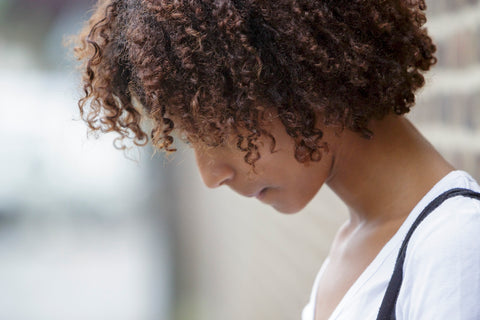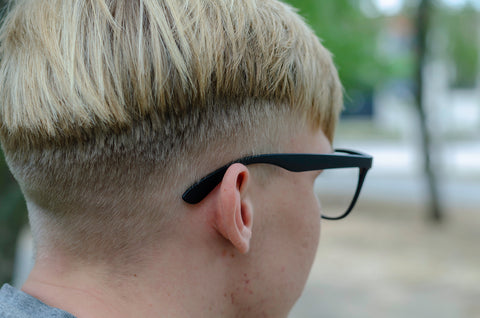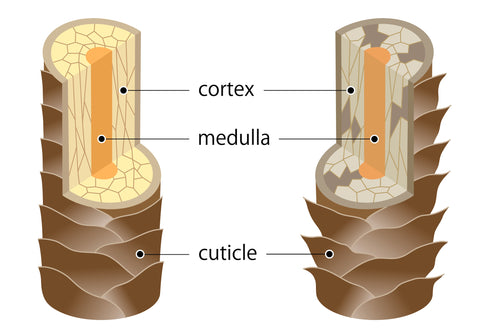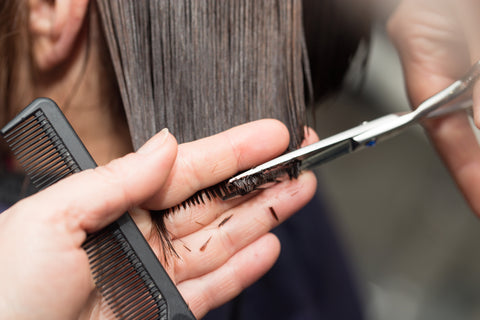
Quick Facts
- You have roughly 120,000 hairs on your head
- Each individual hair can grow 1cm a month
- A teenage scalp can produce 1.5g sebum every day
- Infrequently changing shampoo brand may be beneficial for cleansing
Hair care can often take a backseat during a busy week. However, healthy hair is a really important element of self-confidence and expression of personal style, so if you’re struggling with oiliness, dryness or the fight against frizz, here's your guide to the best hair care habits.
Our hair, just like our skin, influences the way we feel about ourselves. It’s important. Everything from cleansing and conditioning to styling and treating will have an impact on our hair and its overall condition.

Understanding Teenage Hair
During adolescence the body undergoes numerous changes due to fluctuating hormone levels. This affects hair as well as your skin, and the scalp can produce more sebum than anywhere else on the body. Consequently, your hair can start the day looking clean but appear lank and greasy by the evening.
Understanding the science behind hair can allow us to make informed decisions about our hair care.
Hair is a protein filament that grows from follicles found in the dermis or skin. Each strand of hair comprises of three main layers:

The hair strand on the left is healthy, the one on the right is showing signs of damage to the cuticle.
The Cuticle:
The outermost layer, made of overlapping cells, acts as a protective shield.
The Cortex:
This middle layer contains the hair's pigment and is responsible for its strength and texture.
The Medula
The innermost layer, which is sometimes absent in fine hair.
Essential Hair Care Tips
1. Regular Washing
Wash your hair regularly but not excessively. For most, washing hair every other day is sufficient.

2. Choosing the Right Products
Shampoo and conditioner should be selected based on hair type. Keep trying combinations of products until you find what suits your hair.
3. Avoid Excessively Hot Showers
Hot water isn’t the best for your hair, skin or the environment so try rinsing your hair with lukewarm water instead.
4. Use a Conditioner (If Required)
Not everyone needs to use a conditioner but give it a go and see what you think. Massage the product into the hair starting at the root and make your way to the tip, leave it for a few minutes before rinsing.
5. Limit Heat Styling
Regular use of heat-styling tools like straighteners, curling irons and hairdryers can damage hair over time. Try using a heat protectant spray beforehand.
6. Improve Your Diet
Hair health, like skin health, is often a reflection of overall nutrition. A balanced diet rich in proteins, vitamins and minerals is excellent for promoting and maintaining hair health. Include foods such as eggs, berries, avocados, fish and nuts (basically food with oils, if you're struggling take an Omega 3 supplement)

7. Regular Trimming
Regular trims can keep hair looking neat and healthy, reducing split ends.
8. Drink Water
Drinking enough water will not only benefit your overall health but can also contribute to healthier hair.
When to Seek Professional Help
If you are struggling with persistent hair issues like excessive hair loss, an overly itchy scalp or severe dandruff, it might be time to consult a dermatologist or a trichologist (a specialist in hair and scalp disorders). They can provide professional advice and treatments if necessary.
Healthy Hair Attitude

Remember, the goal is not just shiny hair today but healthy hair for life. Everyone's hair is different. What works for your friends might not work for you. Curl, density, dryness, greasiness, treatments, damage and length are just some of the differences you will be dealing with.
Understanding your hair type and its unique needs is the first step to maintaining healthy hair during the teenage years. There will be a hair care product on the market that works for you so keep trying different ones until you are happy. Remember that your hair care needs will change over time, so be prepared to change brands.













